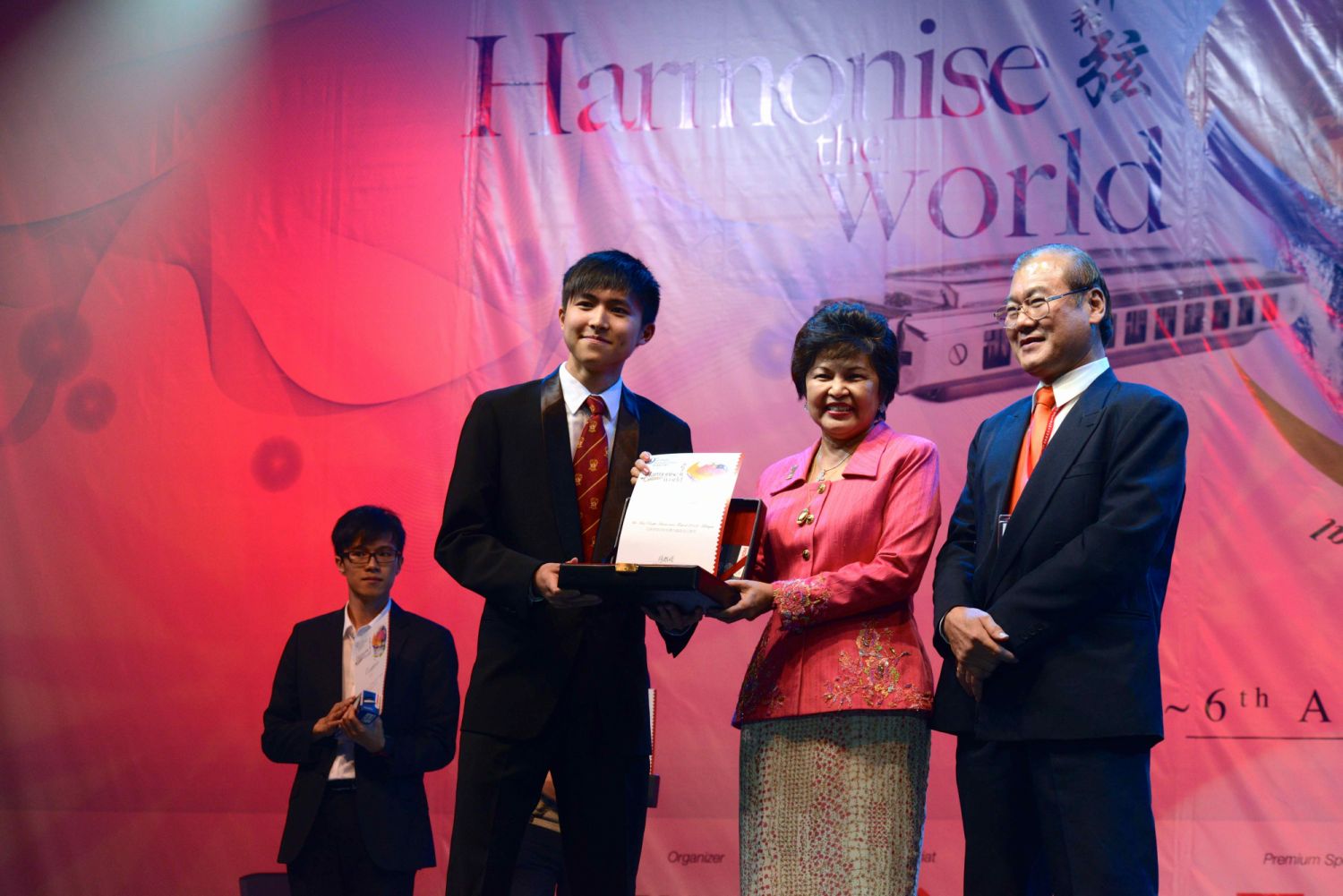Ahead of his April performance in Tai Kwun, the Hongkonger, a two-time winner at the World Harmonica Festival, tells Tatler why he didn’t go down the traditional violin-or-piano route, and ventures to New York for jazz and music training.
At the age of 19, Leo Ho Cheuk-yin, professionally known as CY Leo, was already a two-time champion at the World Harmonica Festival—one of the biggest international harmonica festivals in the world, which takes place every four years in Germany—as well as the first prize winner of the Asia Pacific Harmonica Festival. In 2020, he was named Young Artist at the Hong Kong Arts Development Awards. Now 27, he has performed in over 40 cities, including one of the world biggest music events, the National Association of Music Merchants Show, more known as NAMM, in California in 2018.
Read more: Chinese Piano Prodigy Niu Niu Reveals How Music Isn’t Just About Making A Mark But A Difference

Given his achievements, it’s surprising that Leo is only now studying for a music degree, a master’s at New York University. Following a similar path to his surgeon father Ho Pak-cheong, he was studying to be an occupational therapist at the Polytechnic University. But unlike his father—who founded the Hong Kong Harmonica Association and the award-winning group King’s Harmonica Quintet—Leo’s love of the harmonica drove him to become a professional musician instead.








